Film & Video
Film & Video
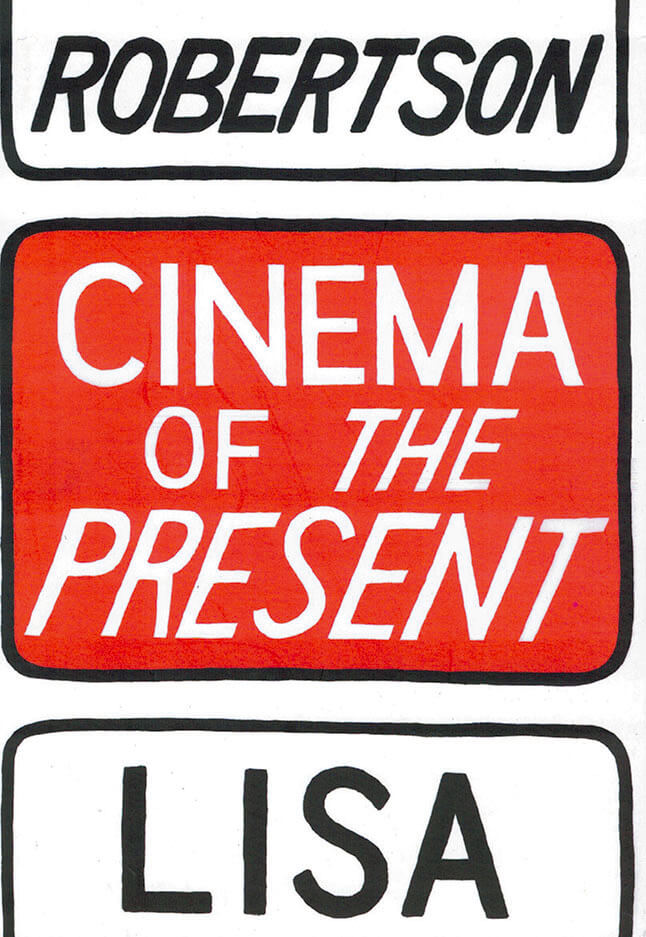
Cinema of The Present
What if the cinema of the present were a Möbius strip of language, a montage of statements and questions sutured together and gradually accumulating colour? Would the seams afford a new sensibility around the pronoun ‘you’? Would the precise words of philosophy, fashion, books, architecture and history animate a new vision, gestural and oblique? Is the kinetic pronoun cinema?
These and other questions are answered in the new long poem from acclaimed poet and essayist Lisa Robertson. The book is available with four different back covers, designed by artists Hadley + Maxwell.
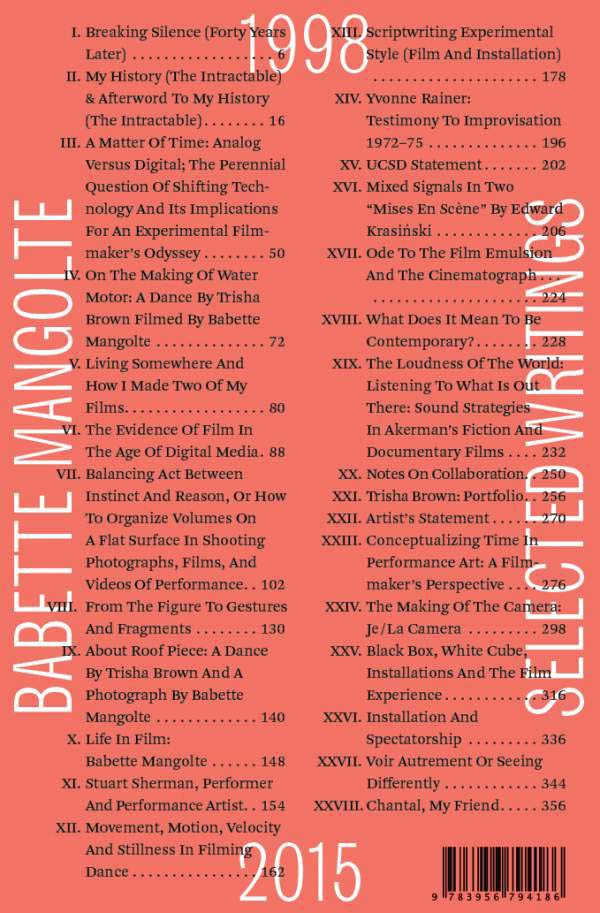
Selected Writings, 1998–2015
A single black-and white photograph taken by Babette Mangolte has come to epitomize New York’s downtown art scene of the 1970s. The dancers performing Trisha Brown’s Roof Piece characterize perfectly the wild spirit of the time. Choreographed as an echo of movement unfolding across SoHo’s rooftops, the dancers mimed the chimneys, water towers, and fire escapes which surrounded them across that skyline. Influenced early on by Dziga Vertov’s Man with a Movie Camera and the work of Stan Brakhage and Jonas Mekas, Mangolte began studies in 1964 at the renowned École nationale de la photographie et de la cinematographie in Paris, one of the school’s first female students. In 1970, having become disillusioned with the film scene in France, Mangolte moved to New York and became involved in the avant-garde film and dance milieus of the Kitchen and the Anthology Film Archives.
Selected Writings, 1998–2015 is a collection of texts by Mangolte in which she reflects on her practice as a photographer and filmmaker and her collaborative work with filmmakers, artists, dancers, and choreographers. She provides insights into the techniques and methods she created as well as her relationships with notable collaborators such as Marina Abramović, Chantal Akerman, Trisha Brown, and Yvonne Rainer.
Copublished with Kunsthalle Wien on the occasion of the exhibition “Babette Mangolte: I = Eye.”
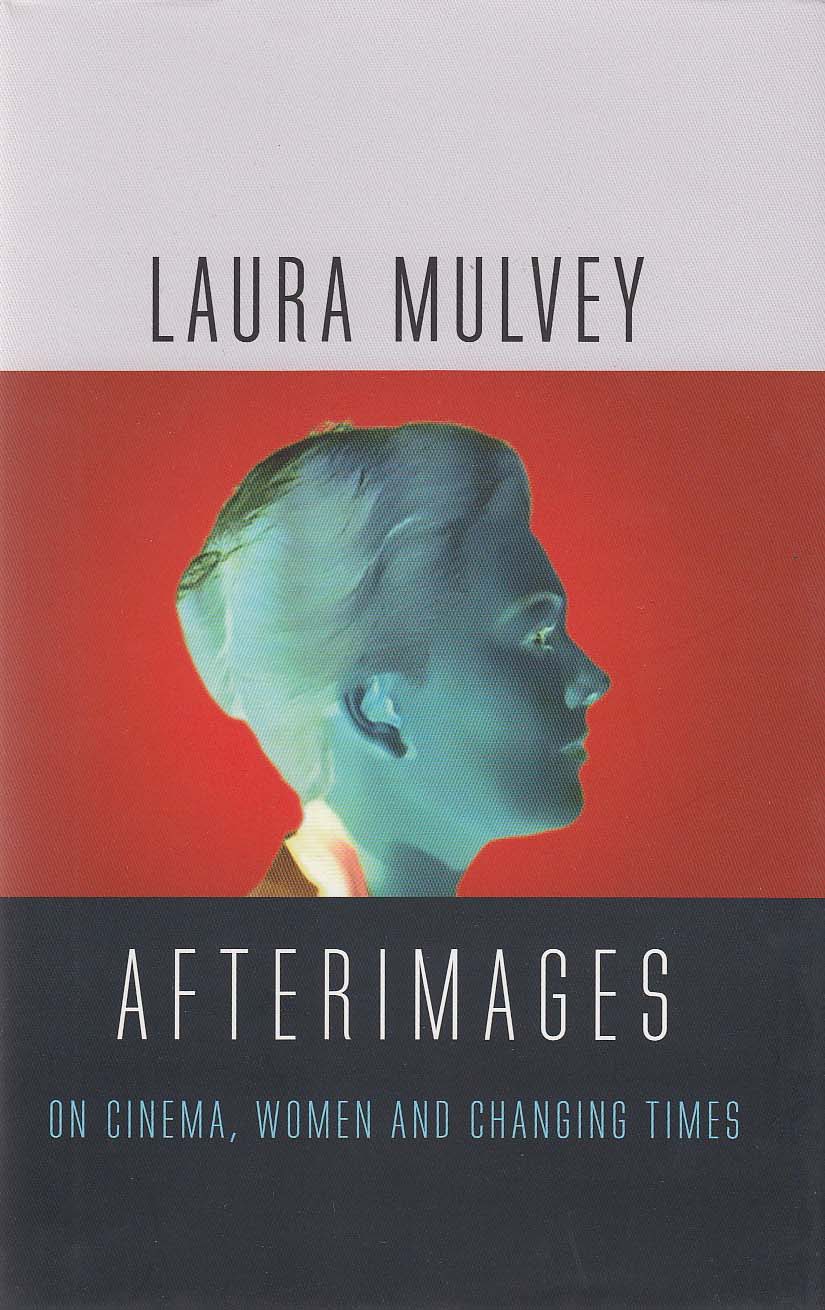
After Images
Marking a return for Laura Mulvey to questions of film theory and feminism, as well as a reconsideration of new and old film technologies, this urgent and compelling collection of essays is essential reading for anyone interested in the power and pleasures of moving images.
Its title, Afterimages, alludes to the dislocation of time that runs through many of the films and works it discusses as well as to the way we view them. Beginning with a section on the theme of woman as spectacle, a shift in focus leads to films from across the globe, directed by women and about women, all adopting radical cinematic strategies. Mulvey goes on to consider moving image works made for art galleries, arguing that the aesthetics of cinema have persisted into this environment.
Structured in three main parts, Afterimages also features an appendix of ten frequently asked questions on her classic feminist essay "Visual Pleasure and Narrative Cinema," in which Mulvey addresses questions of spectatorship, autonomy, and identity that are crucial to our era today.
Published Jan, 2020.

Anabases
This book documents an installation by Eric Baudelaire revisiting the political and personal saga of the Japanese Red Army as an anabasys—an allegory of a journey that is both a wandering into the unknown and a return back home.
“This book is not for reading but for wandering. Its lines do not roll out continuously but superimpose each other to infinity, creating not a compendium of knowledge but a web of prescience. It does not follow a logical framework but unfurls a grid with multiple entries. It does not assert a set subject or conclusive postulate. At most it invites us to probe the recesses of a mind in motion, and steeps us in the driving material that brings it to life. It reflects the works it exhibits, the documents it discloses and the commentary it generates: it aspires to ubiquity. Anabasis, the very real linking thread that stitches it together, serves not just as an archaeological enigma, but also as an allegorical force. The main author of this ocean crossing, Eric Baudelaire, is both a collector of vestiges and a sketcher of wandering lines who has surrounded himself with other meticulous voices (Pierre Zaoui, Homay King, Jean-Pierre Rehm), fellow-travellers in this library secret. Readers will be able to enjoy the gradual unfolding of the story of war and politics whose underlying intellectual and poetic adventure this book enables us to recall—that of its repetitions, ramifications and hybridisations: the story of Anabasis after Anabasis (or from Xenophon's Anabasis to that of Paul Celan by way of Alain Badiou's), from an ancient narrative to its modern reappropriation.” — Morad Montazami
Edited by Eric Baudelaire and Anna Colin.
Texts by Morad Montazami, Pierre Zaoui, Homay King, Jean-Pierre Rehm.
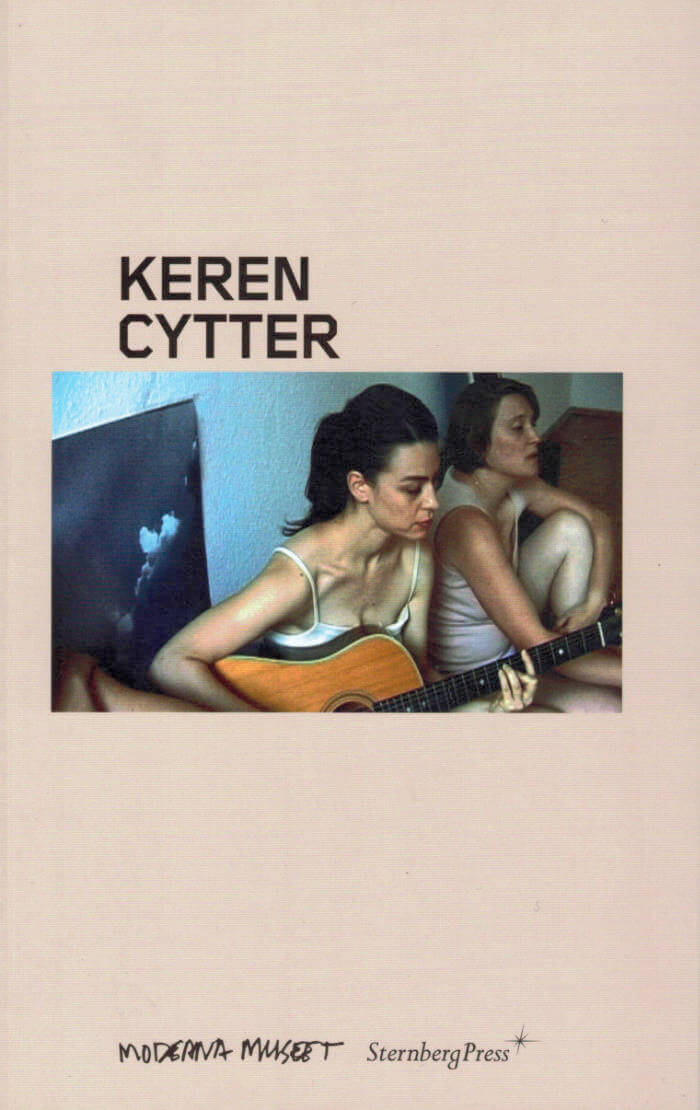
Keren Cytter
Six Keren Cytter's scripts for films.
Published on the occasion of the exhibition at the Moderna Museet, Stockholm, May 8 – August 15, 2010.
Keren Cytter (born 1977 in Tel Aviv, lives and works in Amsterdam and Berlin) is an Israeli visual artist and filmaker.

Where is Cinema
This book is compiled of portraits of film initiatives from around the world, interwoven with conversations with adventurers who have rebooted movie theatres or built them up from the ground in the hope that it can be an inspiring compendium for future cinema builders, filmmakers, film curators and film lovers.
Anouk De Clercq in conversation with Verena von Stackelberg, Ana López Ortego and Daniel Bejarano, Ilona Jurkonytė and Ugnė Marija Andrijauskaitė, Adam Pugh, Thomas Liu and Silja Espolin Johnson, Erika Balsom, Beatrice Gibson, María Palacios Cruz and Ben Rivers, Heather Lane and Mia Ferm.
The author is an artist and filmmaker based in Brussels and Berlin. In her work, she explores the potential of audiovisual language to create possible worlds. She is affiliated as an artistic researcher to the School of Arts University College Ghent, and a founding member of Cinema Nova, Monokino and Auguste Orts.

The Storyseller
Assaf Gruber’s films examine how art affects individuals who are not necessarily drawn to it. What may seem to be the unladen weight of culture, sometimes turns out to be its own rendering.
The films’ plots emerge from their characters’ personal environments, addressing the manner by which personal stories become intertwined with political ideologies, and the way in which social relations between private and public spheres are shaped. Gruber’s protagonists include: a sixty-year-old man, who due to his religious background was rejected multiple times from East German art academies during the 1970s; a retired security guard from the Old Masters Gallery in Dresden who now wants to spend the rest of her life as a volunteer in an Avant-garde museum, and the Chinese owners of a manufacturing company for contemporary sculpture, based in Poland.
The publication is composed of eight chapters, each focusing on a discussion that turned out to be a significant factor in the films’ production. The tran- scription of each conversation is placed next to film stills with subtitles superimposed. This conceptual design allows Gruber to present the films as the third party in each chapter, as if they too are commenting, questioning, and completing the dialogue.
Contributors: Paolo Caffoni (Ed.)

Film in the Present Tense
K.Schroedinger, D. S. Phillips and 1 more
This book brings together contributions from participants and guests of Film in the Present Tense – International Symposium on Current Developments in Analog Film Culture, held in Berlin. It reflects a contemporary discussion around the use, value and purpose of analogue film from a multiplicity of perspectives: artists, filmmakers, scholars, archivists, curators, technicians and manufacturers. Film in the Present Tense intends to provide a documentation of the collective momentum that characterized the symposium and it responds to the persistent desire to keep talking about analogue film.
Organized by LaborBerlin in collaboration with Filminstitut Udk Berlin.
Author(s): (ed.) L.Greenfield, D. S. Phillips, K.Schroedinger
Contributors: Nicola Baldini, Erika Balsom, Petra Belc, Christa Blümlinger, Britt Al-Busultan, Anja Dornieden, Juan David Gonzáles Monroy, Guy Edmonds, Scott Fitzpatrick, Tiago Ganhão, Sally Golding, Luisa Greenfield, Philip Hoffman, Emmanuel Lefrant, Olga Moskatova Aurélie Percevault, Deborah S. Phillips, Martin Reinhart, Nicolas Rey, Julian Ross, Katia Rossini, Kerstin Schroedinger, Guy Sherwin, Björn Speidel, Peter Taylor, Esther Urlus, Stefanie Weberhofer, Philip Widmann, Zero Pixel, Ulrich Ziemons

Chantal Akerman Retrospective Handbook
A book from A Nos Amours gathering up all the research and writing that went into making the London Chantal Akerman retrospective possible.
Between 2013 and 2015, A Nos Amours presented in London a complete retrospective of the films of the celebrated film-maker Chantal Akerman. This was a complex and demanding project as rights and screening copies turned out to be widely scattered and difficult to access. The research needed to present this retrospective is offered in this book so that others may easily follow suit.
Also included are the texts, journalism and blogging that was offered to the audience as a means to engage with film-works that are at once radical, heterodox and, in many cases, little known. The book aims to be accurate and a reliable source of detailed information about the films.
Texts are included that provide invaluable insight, including by:
Raymond Bellour, Richard Brody, Ivone Margulies, Marion Schmid and Ginette Vincendeau.
Laura Mulvey has written an expansive foreword, surveying Akerman's achievement, making use of the book as an aide-mémoire for what stands as one of the astonishing bodies of work in all cinema:
"As a collage of writing of many different kinds, the Handbook crucially bears witness to the effect that Akerman has had on the film community, from her earliest movies until her last... The high quality of the texts included in the book are all a reminder of the way that her ‘cinematic’ qualities have advanced our understanding of film." (Laura Mulvey preface)
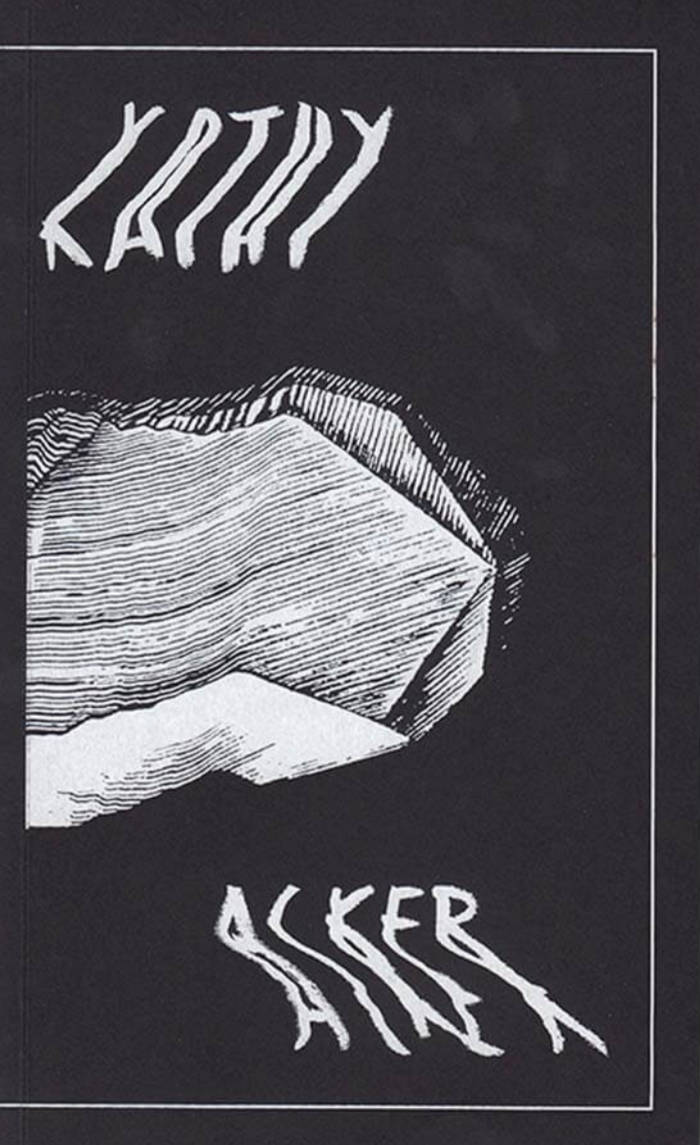
Kathy Acker (1971-1975)
First critical edition of Kathy Acker’s unpublished early writings from (1969-1976). Comprises almost all the typescripts from that period present in the Kathy Acker’s archives. Features also the transcription and presentation of Acker’s two 1974 experimental videos.
Editor: Justin Gajoux. Critical notes: Justin Gajoux & Claire Finch. Also with texts of: Alan Sondheim, Emily Cheng, Jill Kroesen, Peter Gordon, Claire Finch, Anna Maria Pinaka, Matias Viegener, Justin Gajoux.

I Want
I Want reviews the eponymous duo's double-projection film installation examining issues of gender, sexuality and performativity—and inspired by the words of punk poetess Kathy Acker and convicted whistle-blower Chelsea Manning. This publication documents the major film installation I Want (2015) by collaborative artists Pauline Boudry and Renate Lorenz, which was presented at their 2015 solo exhibitions at Kunsthalle Zürich and Nottingham Contemporary.
The double-projection film installation is based on a script that borrows texts from American punk-poet Kathy Acker (1947-1997), as well as chats and materials by convicted whistle-blower Chelsea Manning that speak of her reasons for revealing nearly one million secret military and diplomatic documents through WikiLeaks, at the same time exposing her transgender identity to her superiors.
Through poetic gestures of appropriation and recombination, Boudry and Lorenz examine issues around gender, sexuality, the performance of identity, and the nature of collaboration. Alongside generous color documentation, written contributions by Gregg Bordowitz, Laura Guy, Dean Spade, and Craig Willse unpack and reflect upon both the historical context and contemporary significance of this multivalent work.
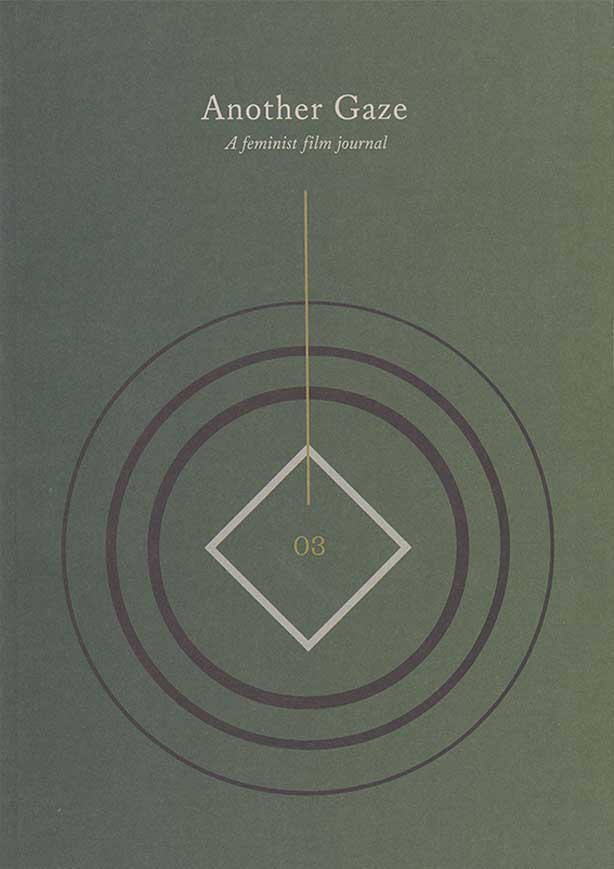
Another Gaze Journal 03
Including essays about Barbara Hammer, Agnès Varda, Camille Billops, Jane Arden, Penny Slinger, Ana Mendieta, Hito Steyerl, Mati Diop, Catherine Breillat, Carol Morley, Ulrike Ottinger, Charlotte Prodger, Charlotte Pryce, Rosalind Nashashibi & Lucy Skaer, Gloria Camiruaga, Margarethe von Trotta, Astra Taylor, Lina Wertmüller, and more.
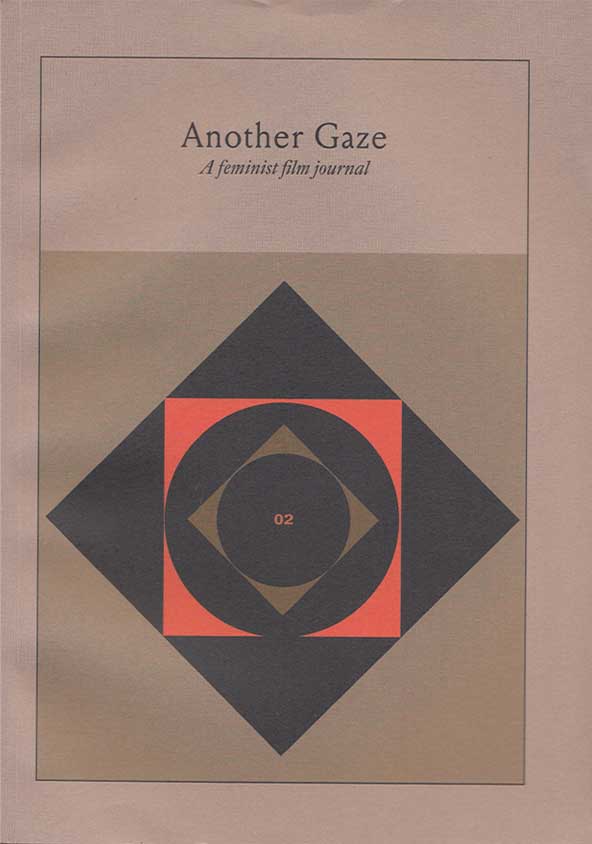
Another Gaze Journal 02
Including essays about Lucrecia Martel, Alice Rohrwacher, Cecilia Mangini, Chantal Akerman, Mika Rottenberg, Anocha Suwichakornpong, Agnès Varda, Barbara Hammer, Laida Lertxundi.

Another Gaze Journal 01
The first issue contains interviews with women including Carolee Schneemann, Mania Akbari, Laura Mulvey, Alice Diop, Bette Gordon, and Lis Rhodes. It contains pieces on the films of women including Kathleen Collins, Sally Potter, Chantal Akerman, Moyra Davey, Camille Henrot, Naomi Kawase, Germaine Dulac, Alice Guy-Blaché.
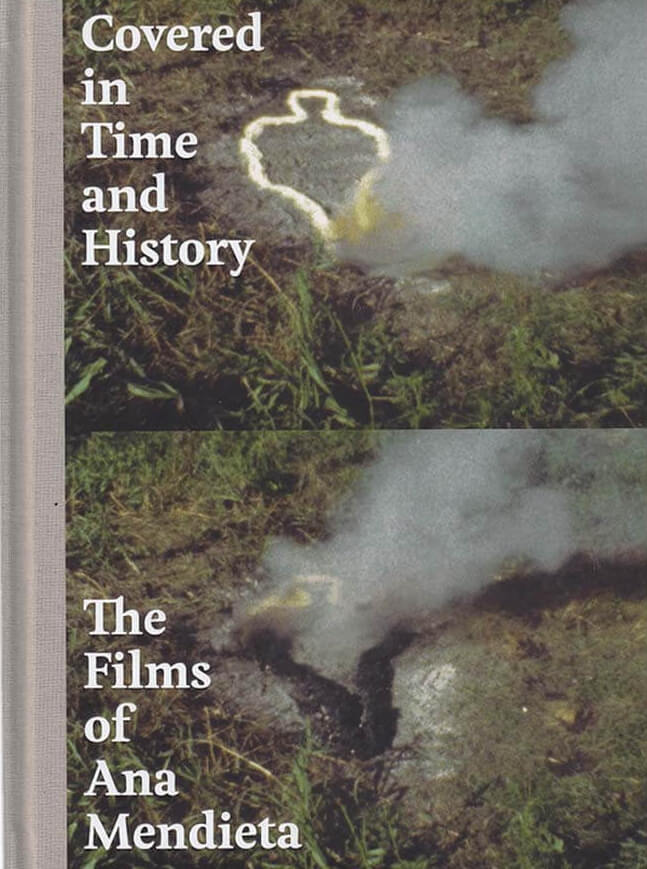
University of California Press
Covered in Time and History: The Films of Ana Mendieta
The book includes Mendieta's first published comprehensive filmography resulting from three years of collaborative research conducted by the Estate of Ana Mendieta and the University of Minnesota as well as original essays by John Perreault, Michael Rush, Rachel Weiss, Lynn Lukkas, Raquel Cecilia Mendieta, and Laura Wertheim Joseph.
The first book-length treatment of Mendieta's moving-image practice, Covered in Time and History aims to locate her films centrally within her larger oeuvre and at the forefront of the multidisciplinary shifts that characterized visual arts practice during the 1970s.

Evidentiary Bodies
Bringing together both known and previously unseen works of film and video, installations, works on paper, and material from her archive, this volume addresses critical themes that appear throughout Hammer's work, including sensation and intimacy, lesbian representation, and the maintenance of illness, in addition to exploring the artist's relationship to experimental queer cinema, feminist history, and environmental activism. Featuring a wide range of responses, from personal anecdotes to academic analysis and poetic interpretation, this volume highlights the resonating impact of Hammer's artistic narrative across cinema studies, art history, queer theory, and feminist thought.
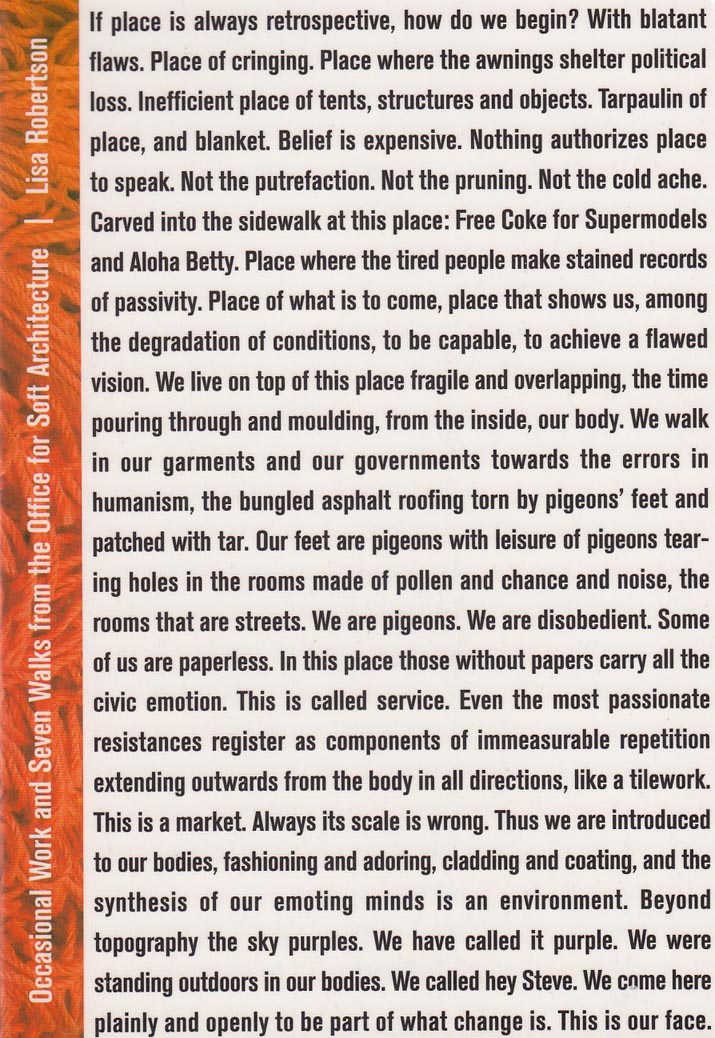
Occasional Work and Seven Walks from the Office for Soft Architecture
This delectable book collects the rococo prose of Lisa Robertson. There are essays - many originally published as catalogue texts by art galleries - on the syntax of the suburban home, Vancouver fountains, Value Village, the joy of synthetics, scaffolding and the persistence of the Himalayan blackberry. It makes for one of the most intriguing books you'll ever read.
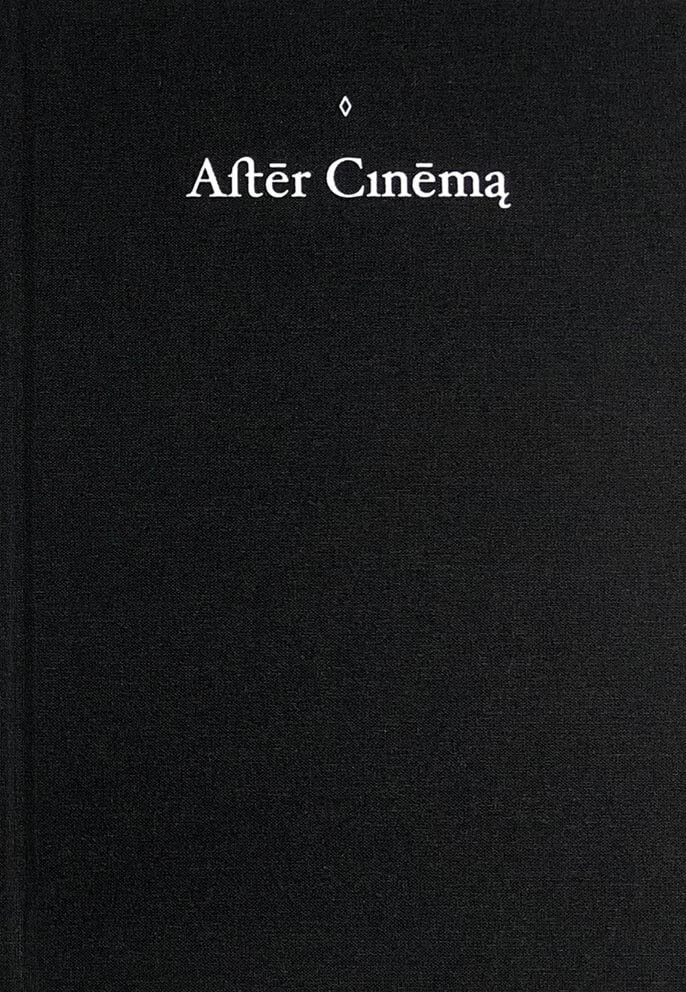
After Cinema
This book marks the ten-year anniversary of the project A Collective Memory by Azin Feizabadi. The project encompasses five narrative-driven films, alongside other artworks. Each film has its own urgency, approach, and point of departure. The films naturally vary in their subjects, they touch upon stories of migration, uprising, transformation, revolution, renewal, collapse, defeat, depression, and desire that connect the life of the artist with those around him. The research materials that have come up over the course of this project consist, on the one hand, of concrete historical events and, on the other hand, all the innumerable, fragmented personal memories spread between pats, presents, and futures that narrate every-changing stories of how things were, are, and may be.
Contributors: Jens Maier-Rothe & Ashkan Sepahvand (co-editors) Shahab Fotouhi, Nanna Heidenreich, Sarah Rifky, Rasha Salti, Ashkan Sepahvand, Jan Verwoert, Chiara Figone

The Struggle Is Not Over Yet
A conference, hosted by the International Center for the Arts José de Guimarães, borrowed its title from an unfinished film stored in an archive in Bissau. Luta ca caba inda (The struggle is not over yet) was conceived as a documentary film on post-independence Guinea-Bissau, but was abandoned in the editing process in 1980.
The archive testifies to a decade of collective and internationally connected cinema praxis in the country, as part of the people’s struggle for independence from Portuguese colonialism. Fifteen contributors brought their expertise to the task of re-visiting a period of revolutions whose reverberations can still be felt today. A rare coming together of artistic, juridical, cinematographic, curatorial and academic practices, the conference was not only a timely and important occasion to address issues of the post-colony in Portugal, but it also yielded new and experimental ways of convening around an archive, convoking conflicts and probing its topicality in the present.
It took place in a room in which, echoing Édouard Glissant’s notion of the ‘Creole garden’, plants, archival objects, technical props, furniture and people were arranged on equal terms.

To Become Two
To Become Two: Propositions for Feminist Collective Practice offers a narrative of artist Alex Martinis Roe’s research into a genealogy of feminist political practices in Europe and Australia from the seventies until today.
These practices include those of the Milan Women’s Bookstore co-operative; Psychanalyse et Politique, Paris; Gender Studies (formerly Women’s Studies) at Utrecht University; a network in Sydney including people involved in the Sydney Filmmakers Co-operative, Feminist Film Workers, Working Papers Collective, and the Department of General Philosophy at Sydney University; and Duoda – Women’s Research Centre and Ca la Dona, a women’s documentation centre and encounter space in Barcelona.
Drawing from their practices and experiences, Martinis Roe’s research forms a proposal for a transgenerational approach to feminist politics. This is further developed as a practical handbook of twenty new propositions for feminist collective practice, which were formed in collaboration with a network of contributors through experiments with these historical practices.

Sowing Somankidi Coura
Sowing Somankidi Coura. A Generative Archive is a long-term research endeavor by Raphaël Grisey in collaboration with Bouba Touré around the permacultures and archives of Somankidi Coura, a self-organized cooperative along the Senegal river founded by a group of former African migrant workers and activists in France in 1977 after the Sahel drought of 1973.
The book assembles texts, voices, images, takes, retakes and research around the Pan-African history of the cooperative of Somankidi Coura, the liberation struggles of migrant workers and farmers in France and West Africa. It enables thinking a politics of decolonisation for agriculture, migration, care, soil and the archive.

La fiction réparatrice
Mettant au travail un concept esquissé par la théoricienne Eve Kosofsky Sedgwick (qui opère la distinction entre lecture paranoïaque et lecture réparatrice, cette dernière refusant de séparer le blanc des faits du jaune de l’imagination), ce livre se soutient d’une conviction : lorsqu’elle entend partir de la non-effectivité sexe-genre pour libérer, non seulement notre manière d’envisager les identités sexuelles, mais bien la façon de penser le monde, la théorie queer communique avec de multiples avancées parallèles qui, dans les sciences sociales et la philosophie contemporaines, entendent de même se frayer un chemin à travers les clivages et les dualismes entre nature et culture, corps et esprit, monde imaginaire et monde réel, individu et communauté.